| Reactive cookware |
Non-Reactive Cookware
|
| Aluminium, iron, and any non-stainless steel are considered reactive cookware. These cookware are generally reactive with acidic as well as alkaline foods. Their surfaces release atoms of metal into food and render food an off taste along with discoloration. Thus, if you are cooking food with tomatoes or lemon juice in a reactive cookware, the food can develop a metallic flavour. Similarly, light hued food like eggs can get grey streaks. You might wonder, if this is the case, then why not simply ditch reactive cookware completely! Well, in some ways reactive cookware is irreplaceable. Cast iron is considered reactive; however, extremely well-seasoned pans will not mar the food flavour, especially if you are not exposing the food for an extended period of time. |
Non-reactive cookware is either made of stainless steel, glazed ceramic and glass. They neither interfere with the chemical structure of the food nor change its edibility or look. Further, cookware that has been coated with nonreactive coating, like the enamel in enamel-coated iron pots can also act like a non-reactive cookware.
|
1. Enamelled cookware is made by coating a reactive metal cookware with non-reactive enamel to give you a pan that heats more evenly, without reacting with acidic foods.
2. Aluminium is either anodized or coated with non-reactive nonstick coating. These substances create a barrier between the acidity of the food and the pan’s reactive nature.
3. Releasing much less atoms even if the foods are acidic.
4. Cast iron is reactive, however, quick cooking of acidic foods in a well-seasoned cast iron pan usually doesn't create any problem.
When to avoid Reactive Cookware
When you are cooking foods that are acidic in nature, such as tomatoes or any food items that contain lemon juice or vinegar, such foods should not be cooked in a reactive cookware. Similarly, if you're cooking or simmering something that requires a longer duration, then you should use non-reactive cookware because it will not affect the flavour and look of the food during the cooking process.
Explore our top Non Reactive cookware ranges here :

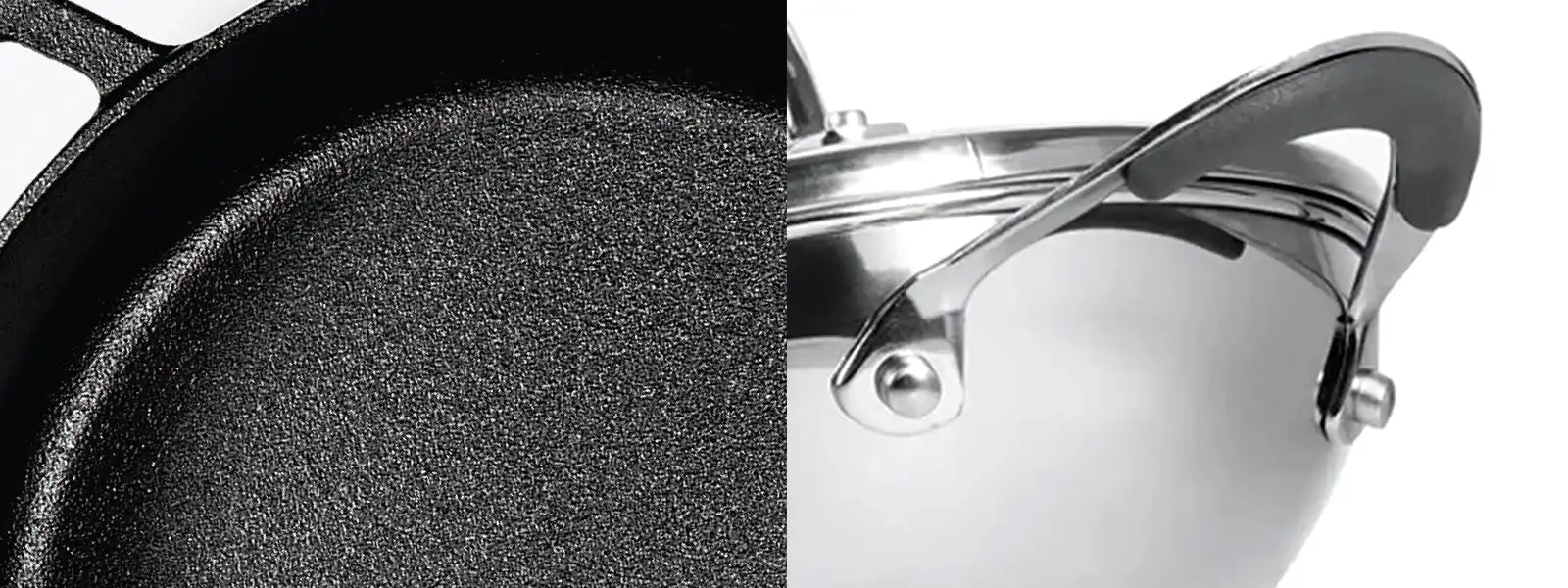
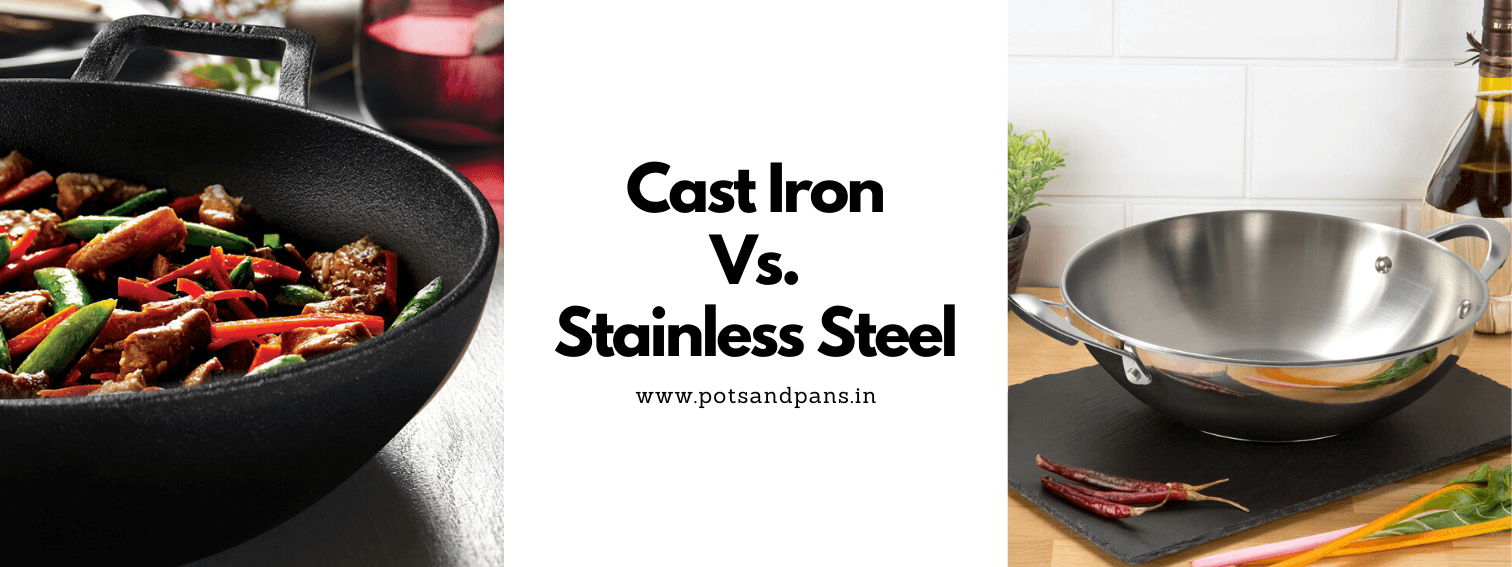
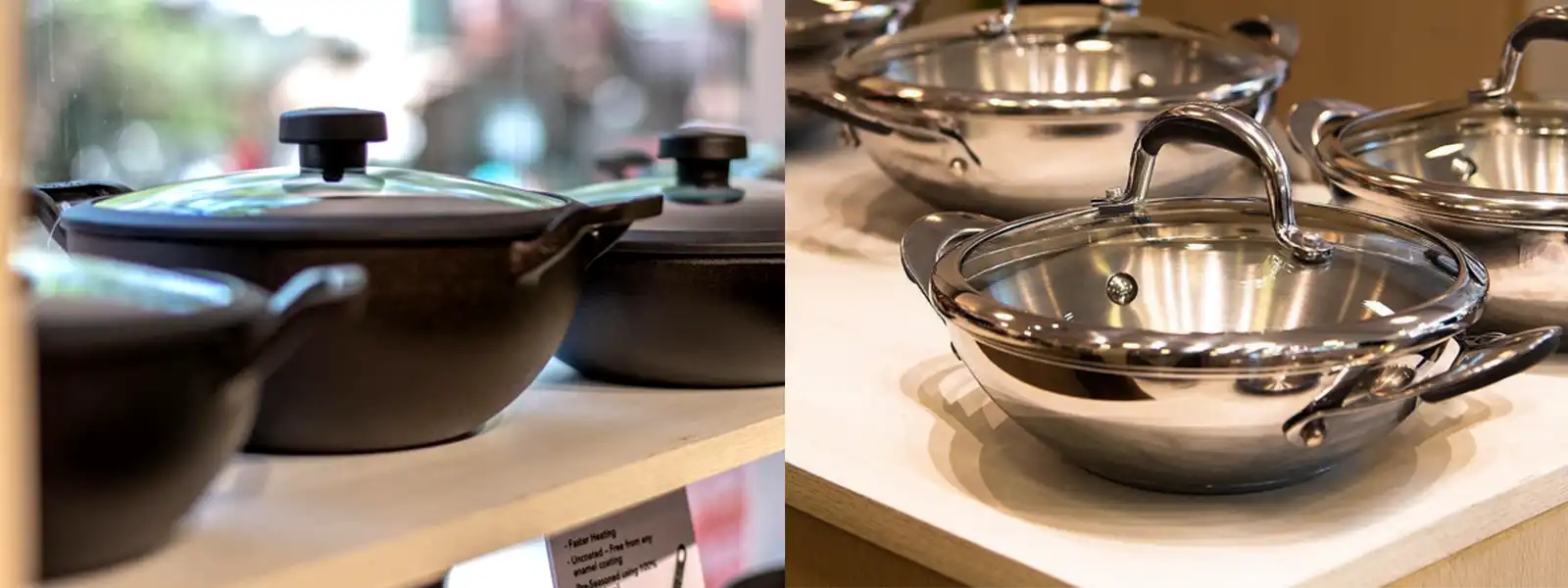
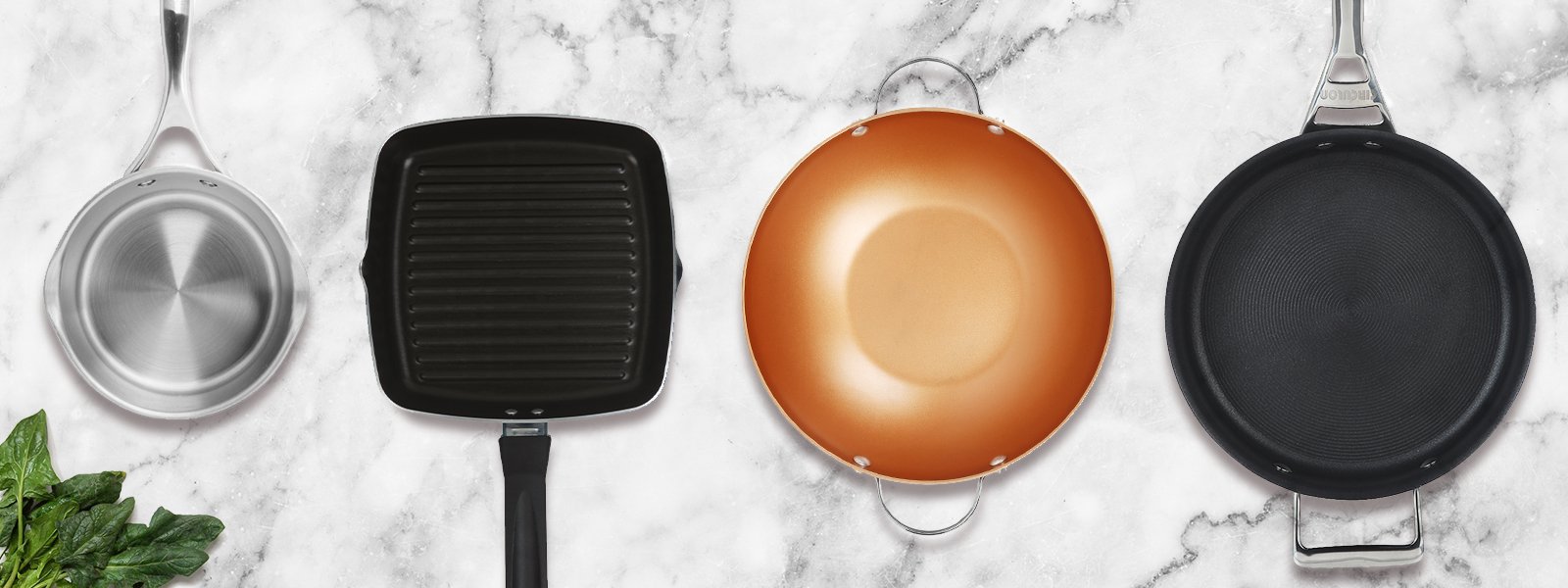


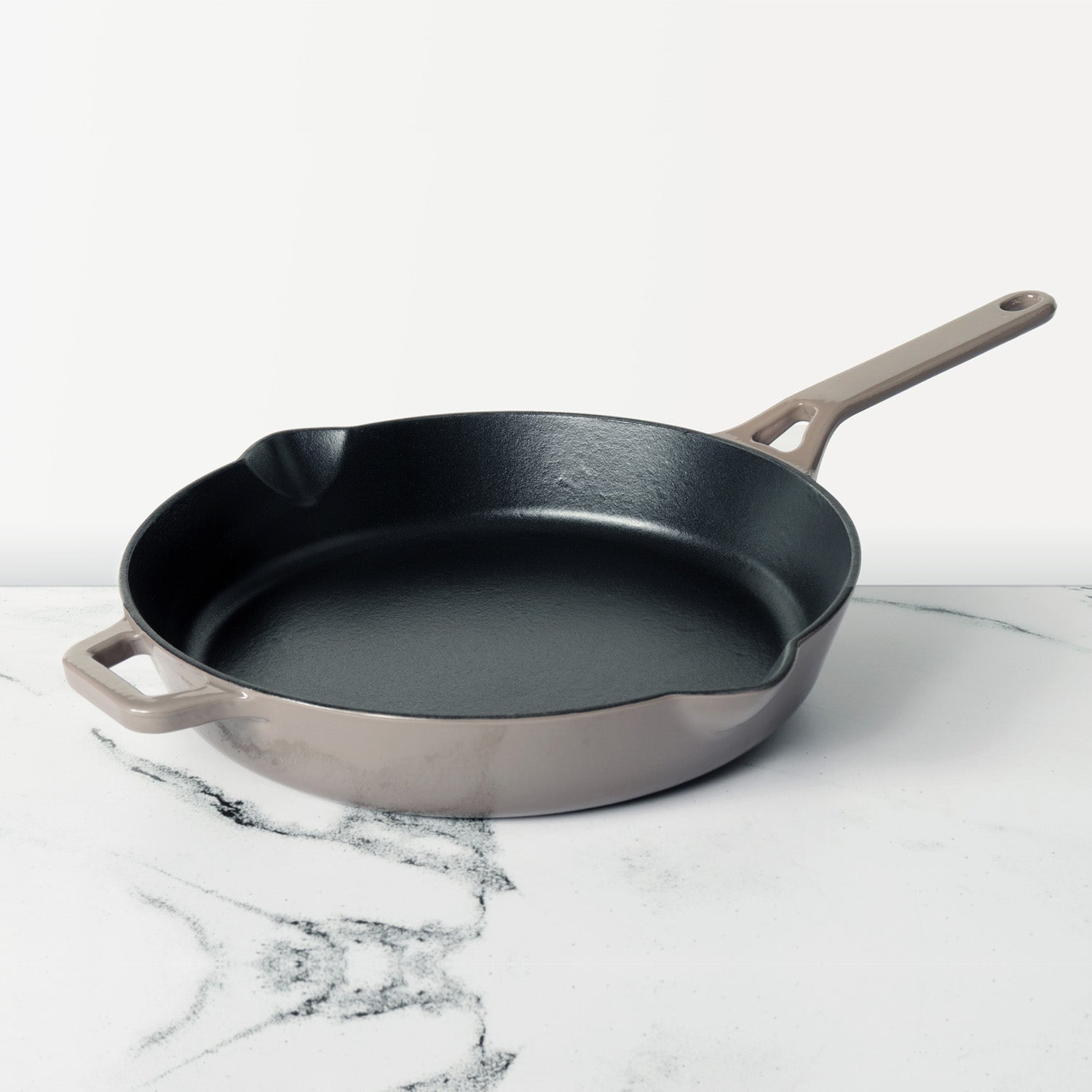




Leave a comment